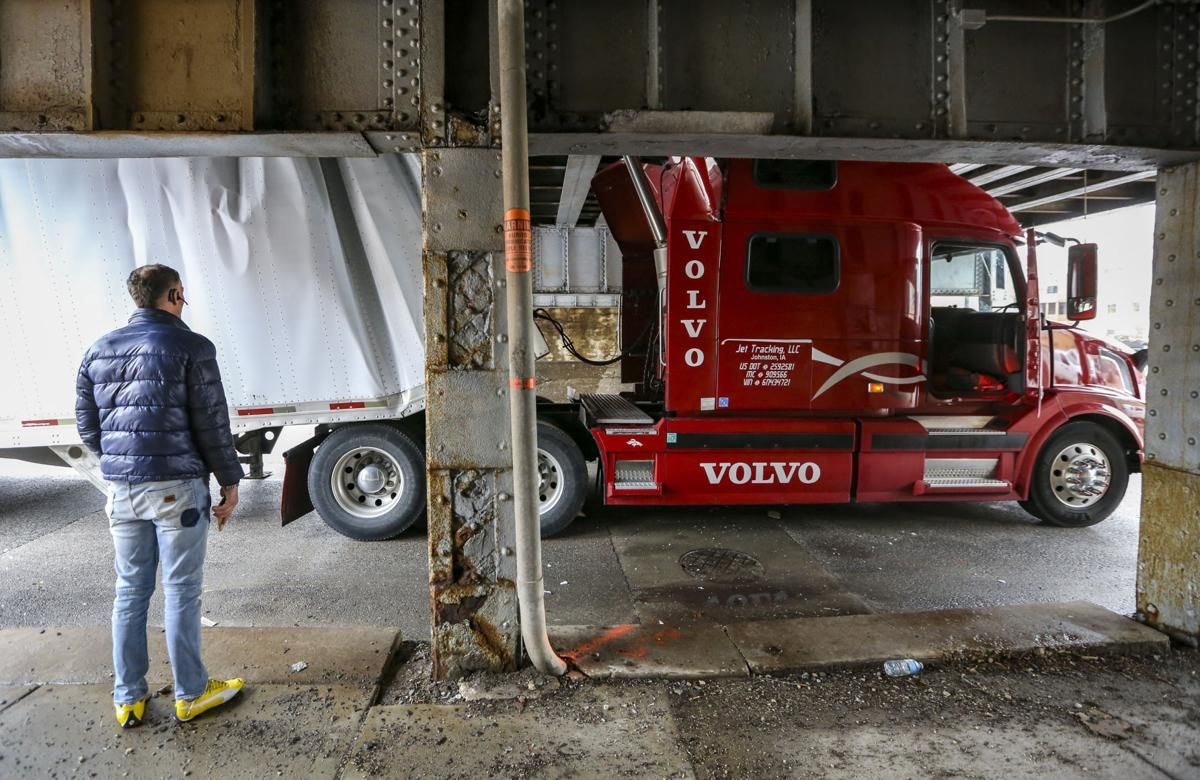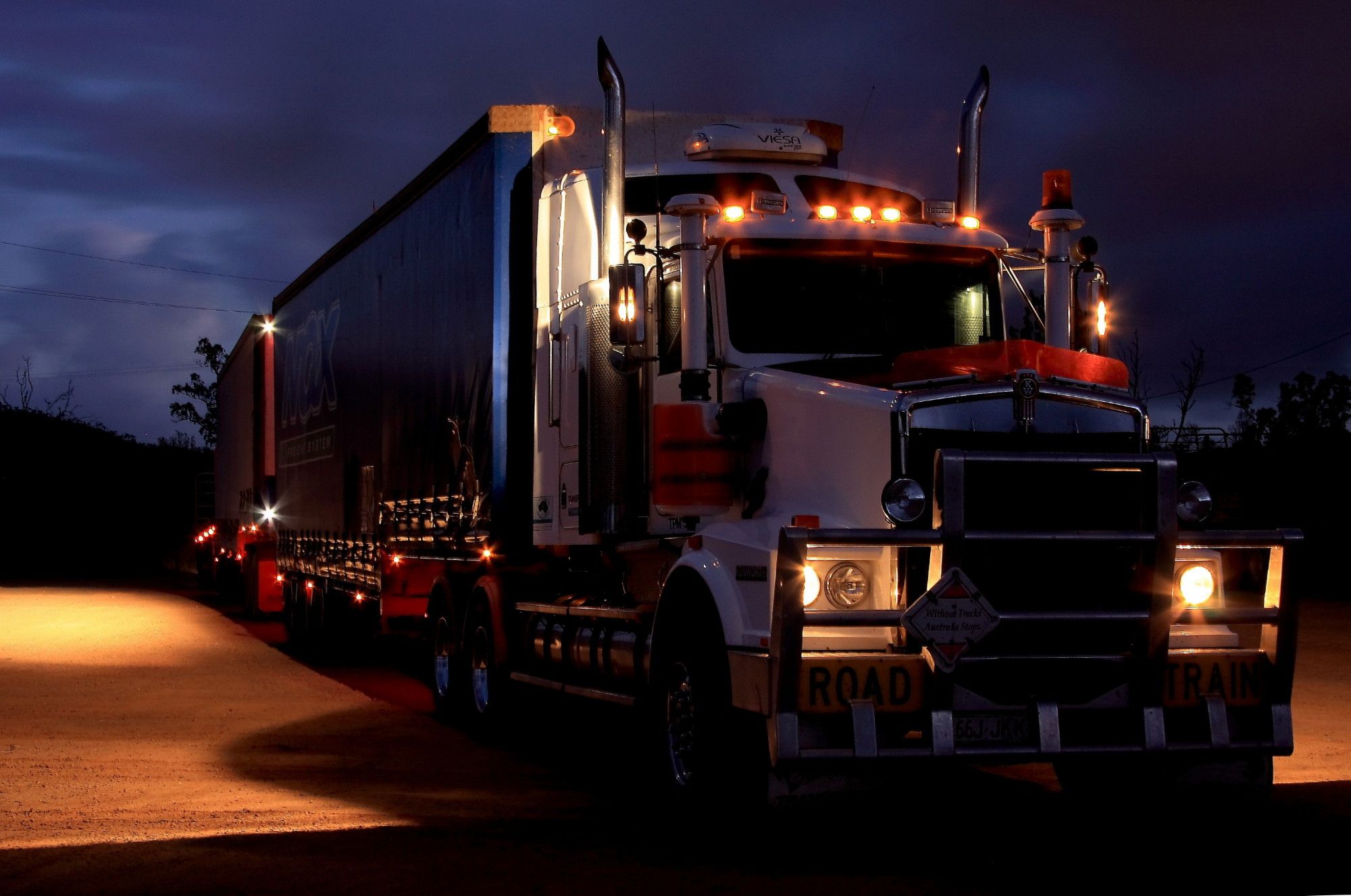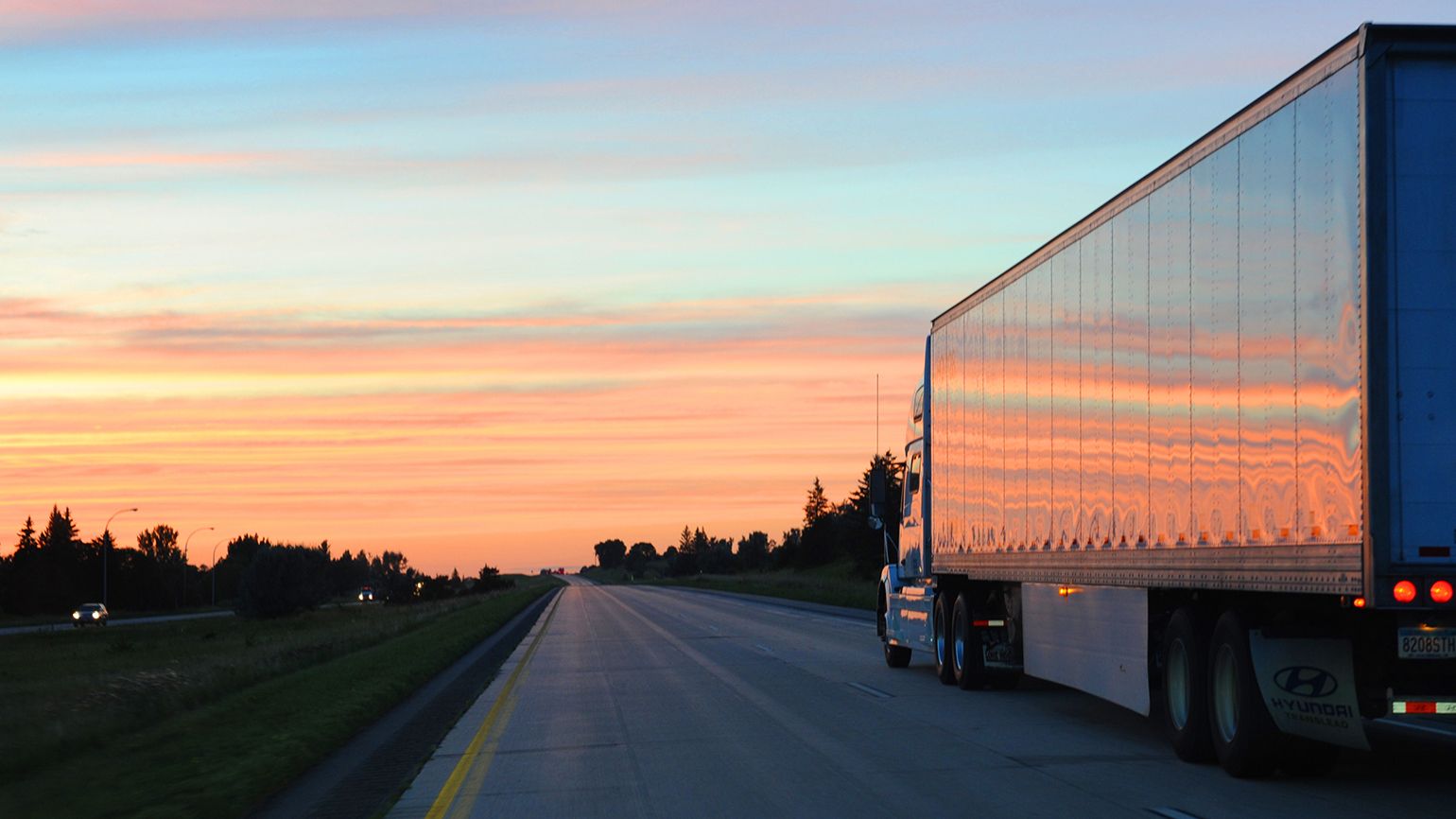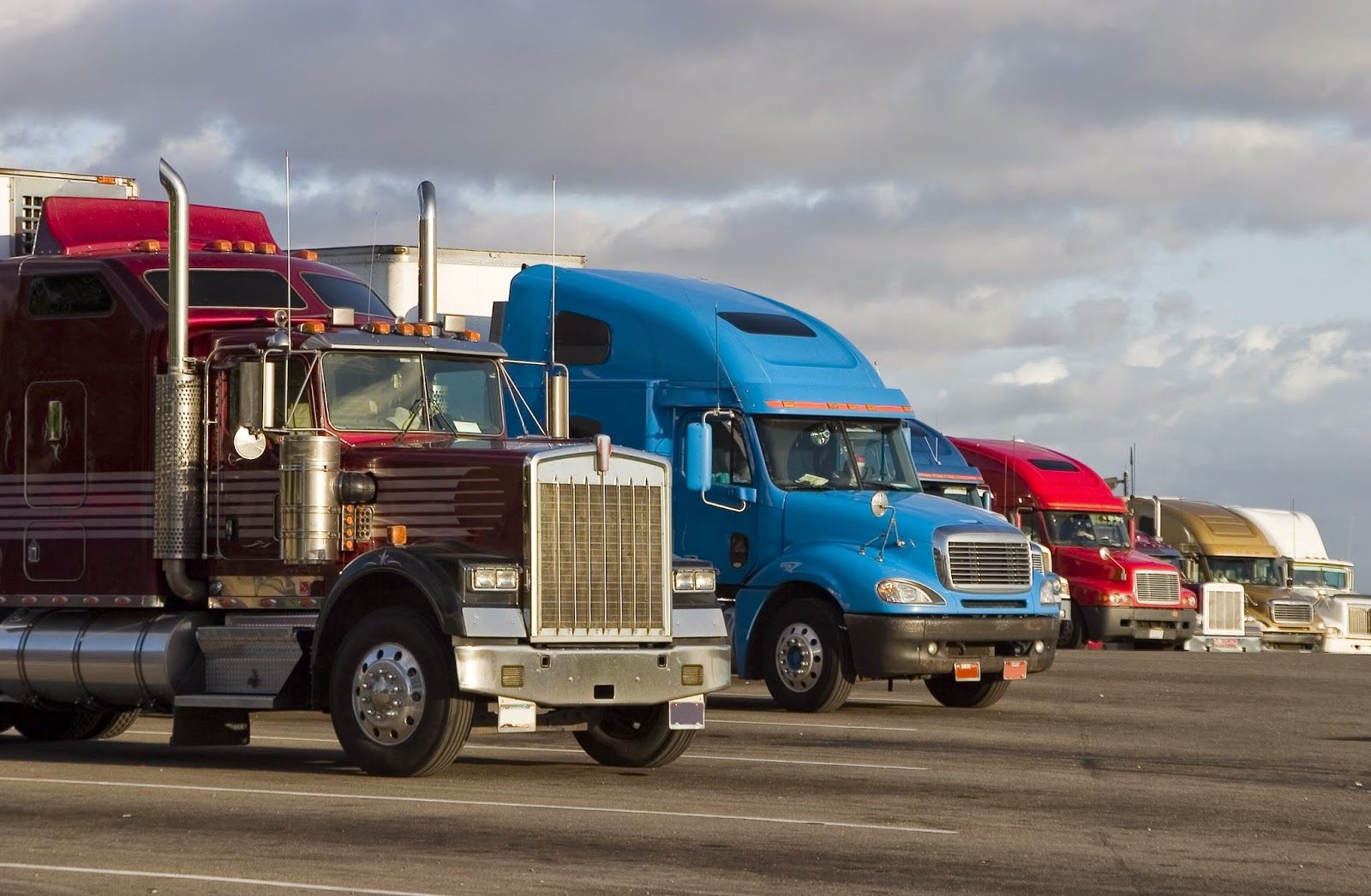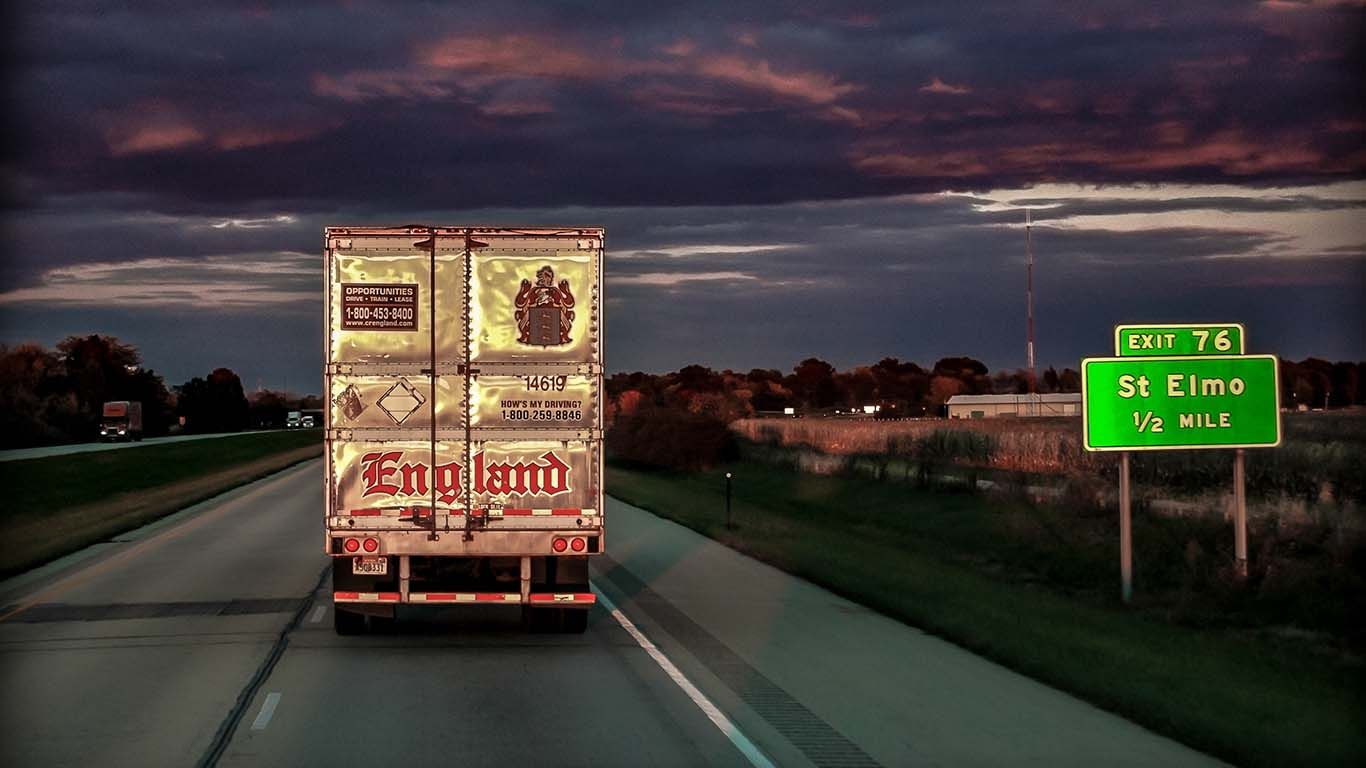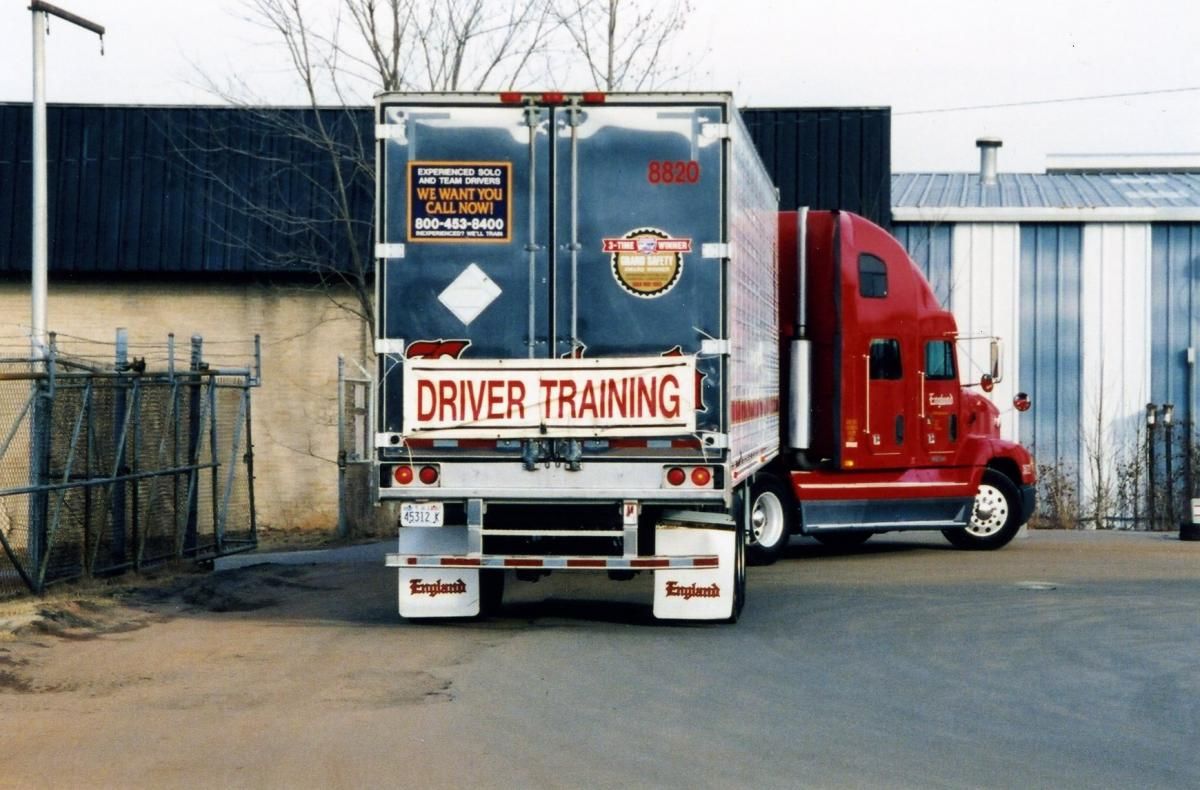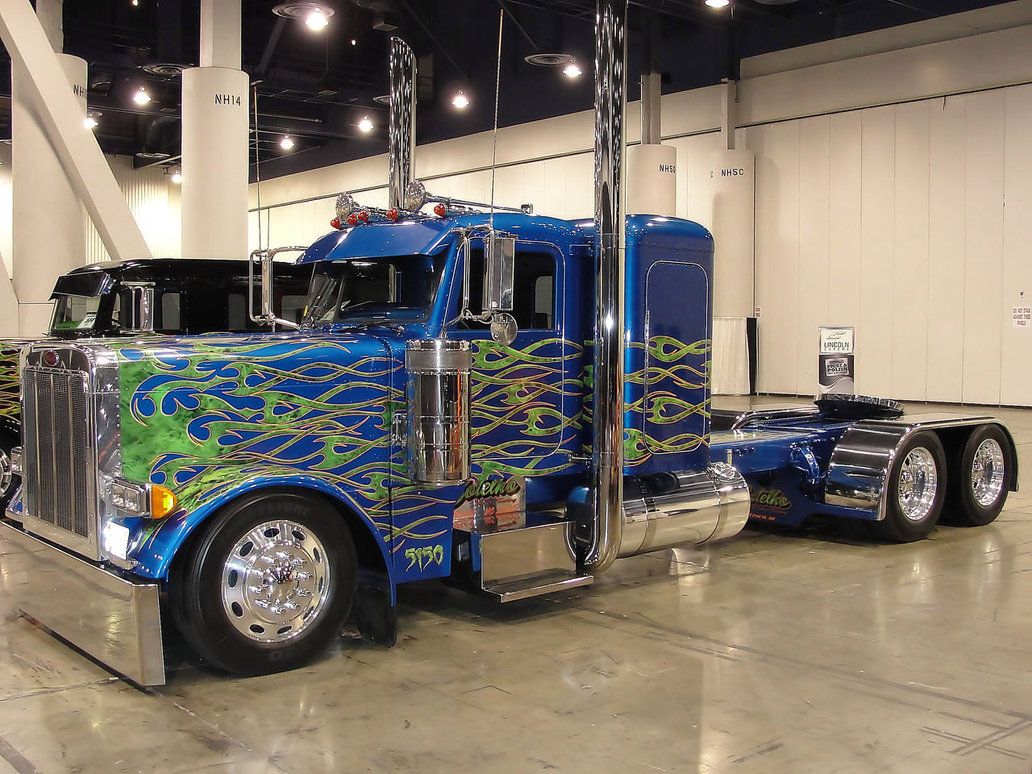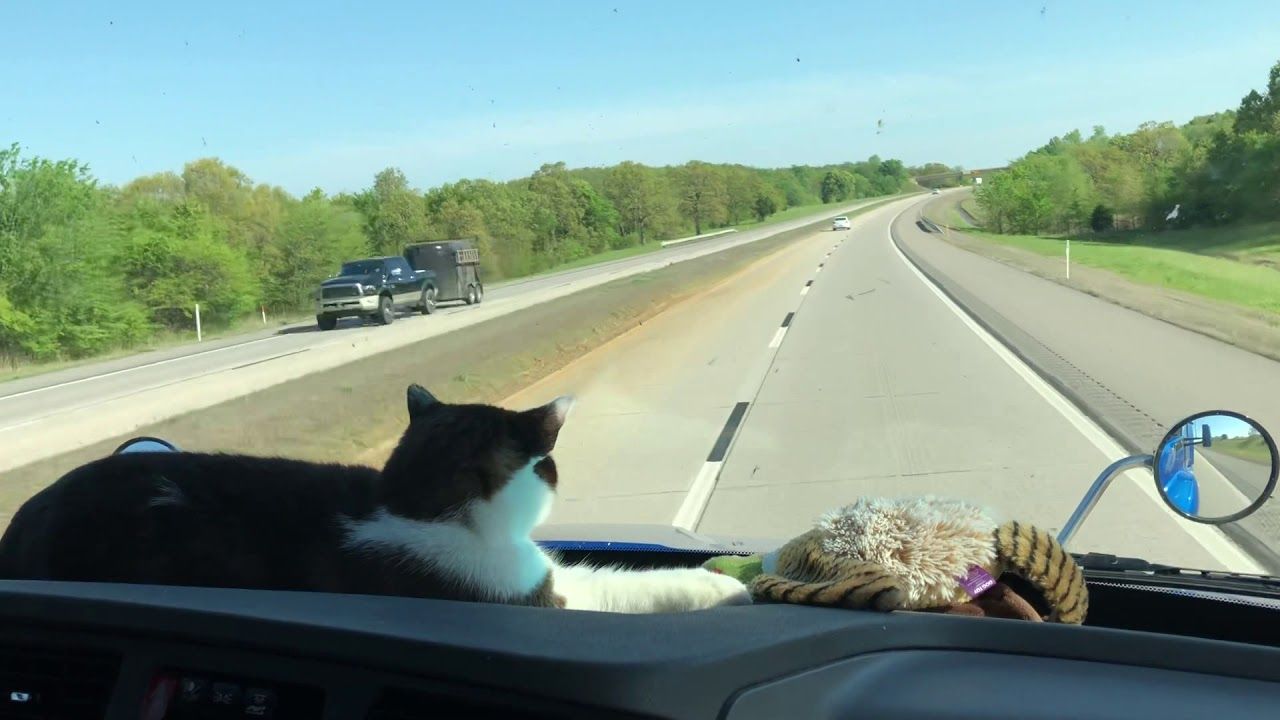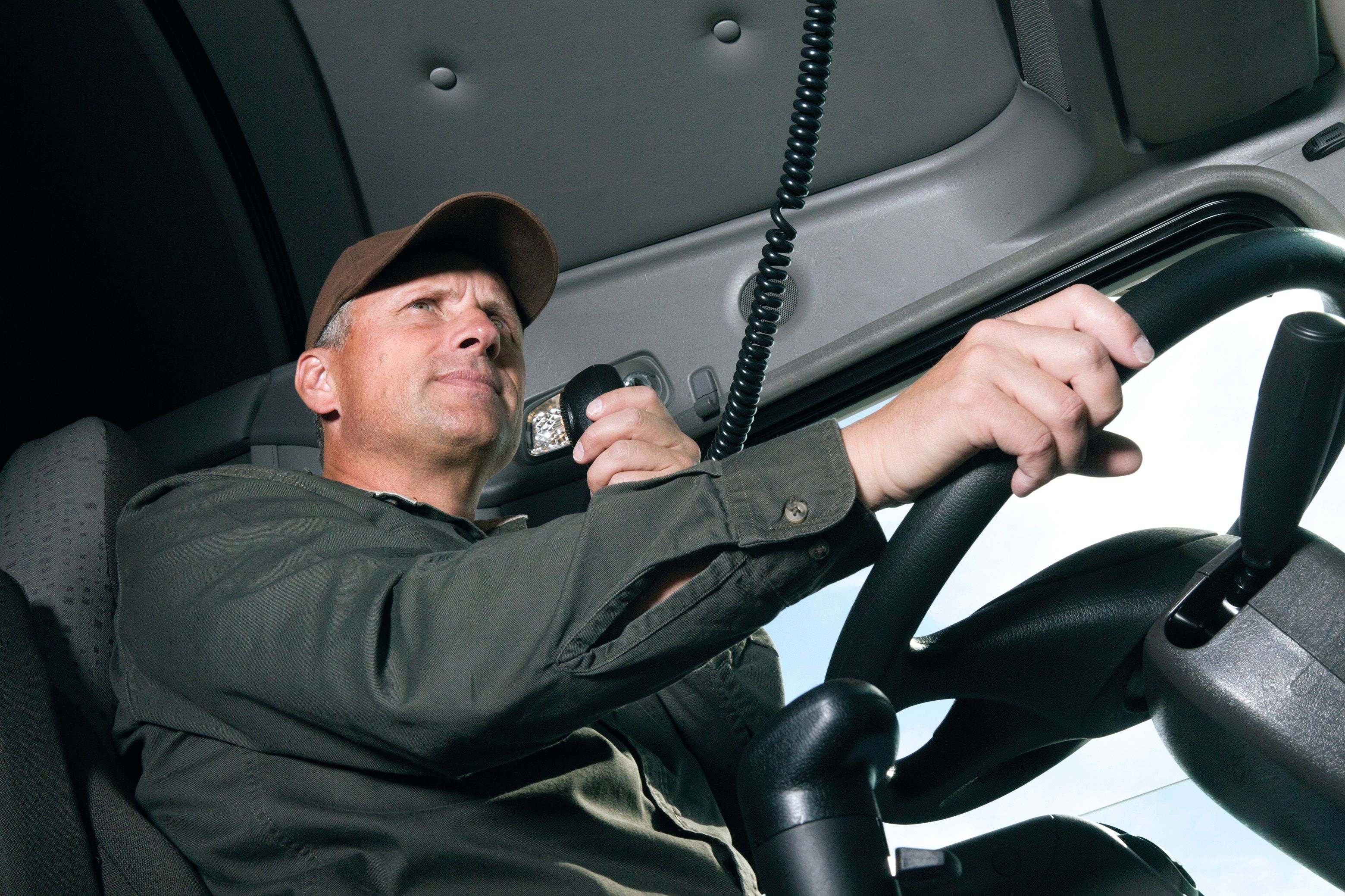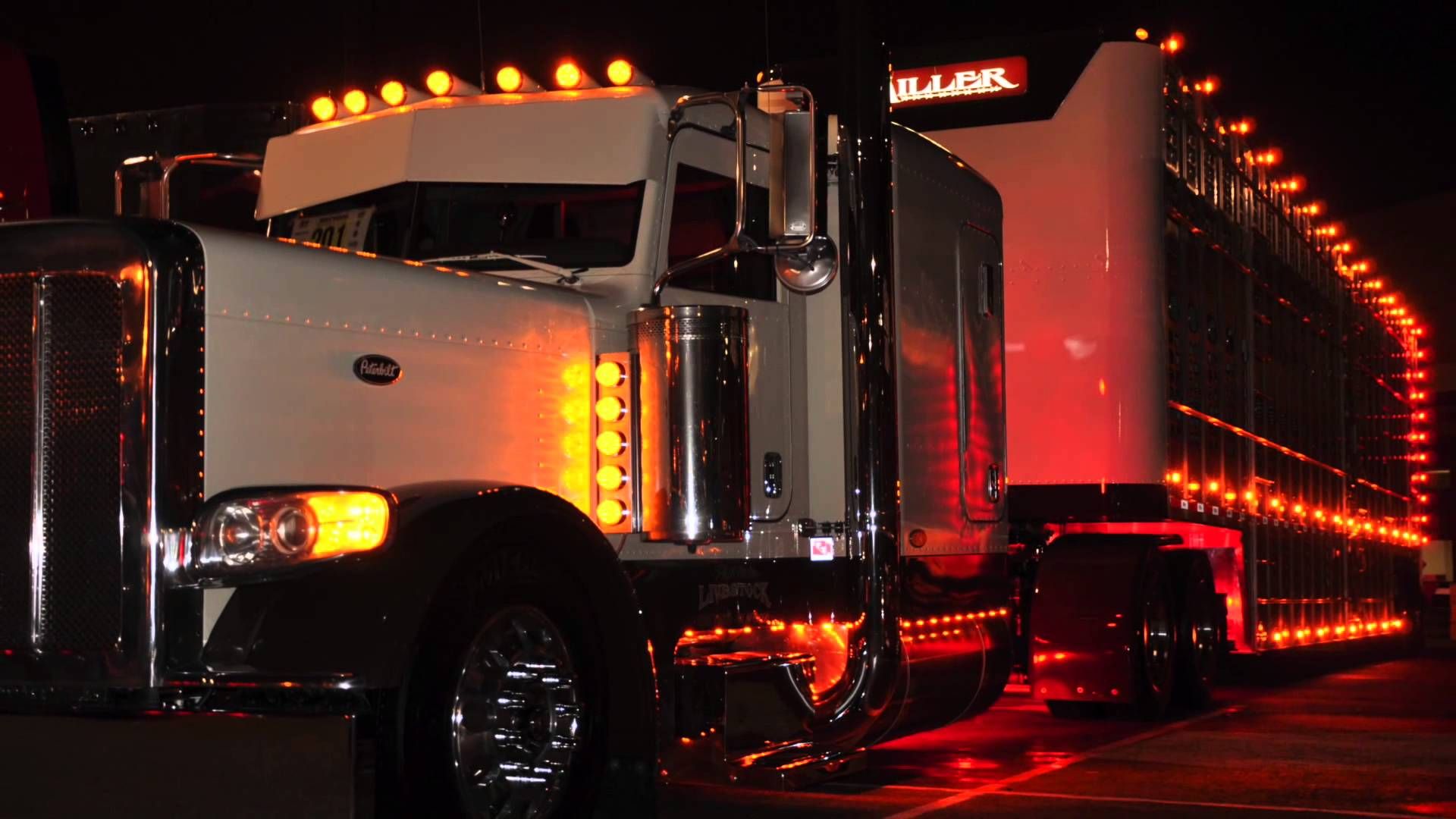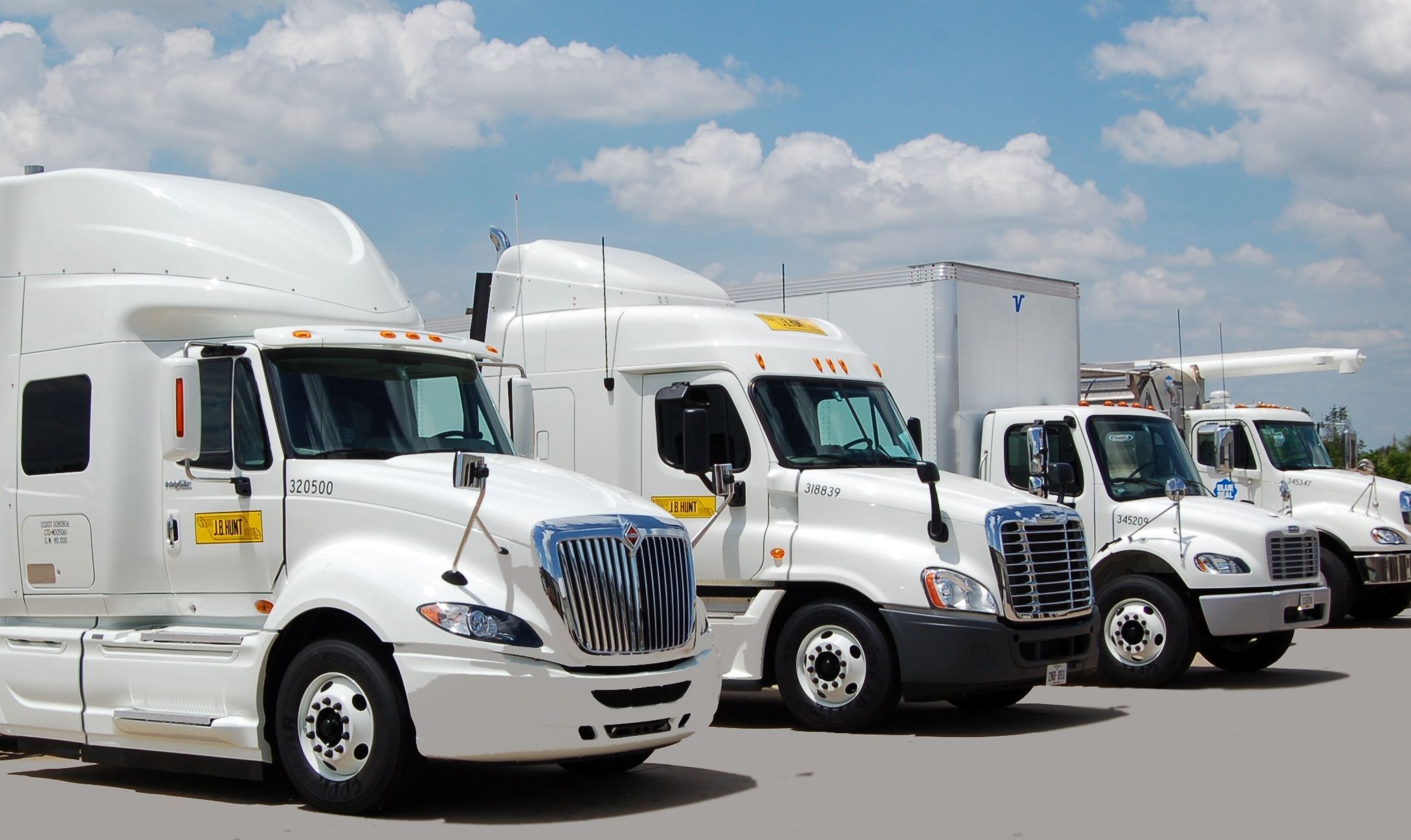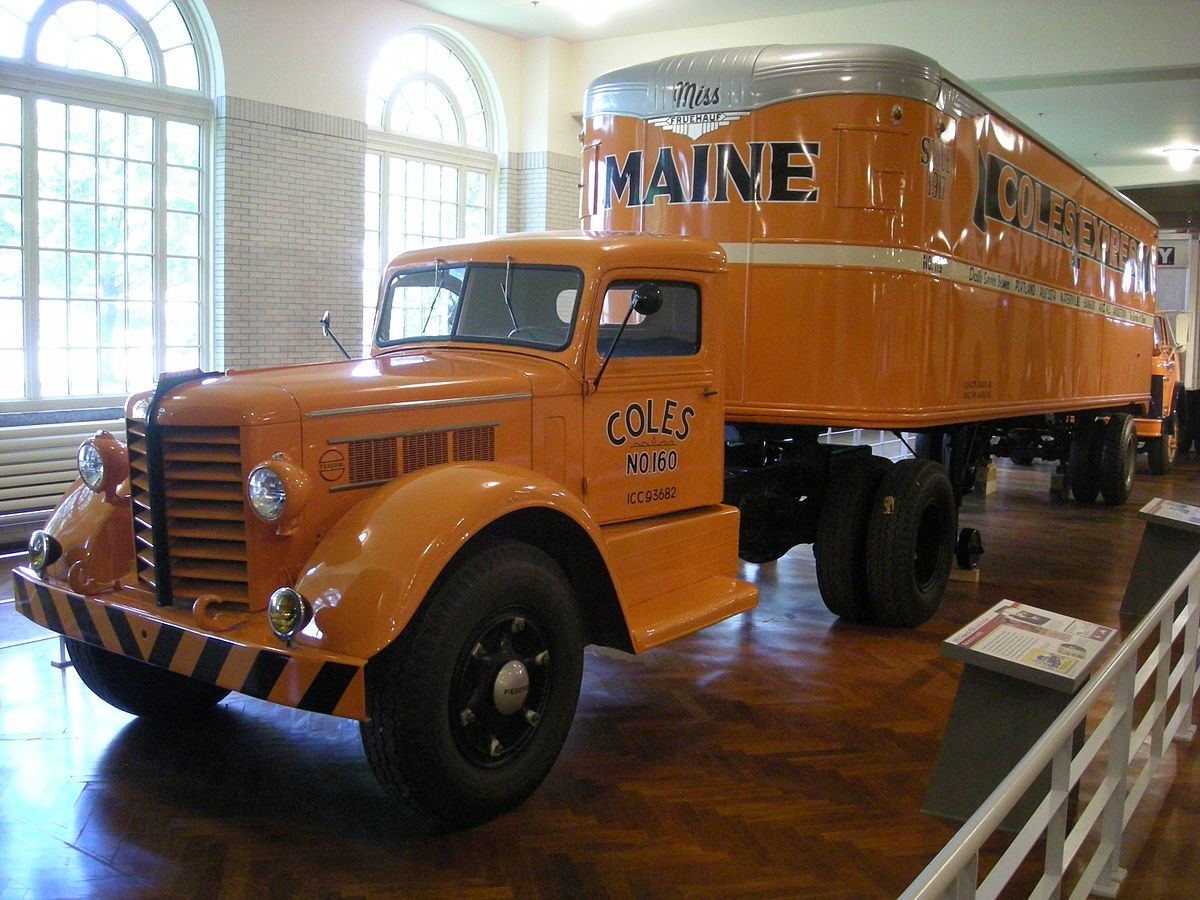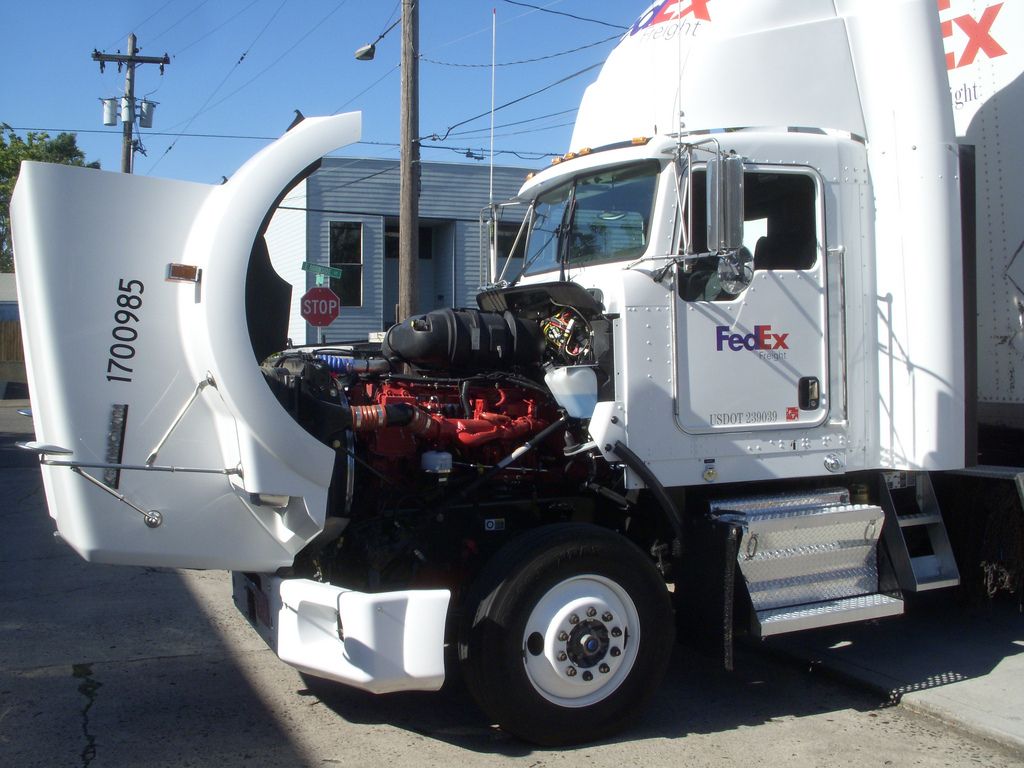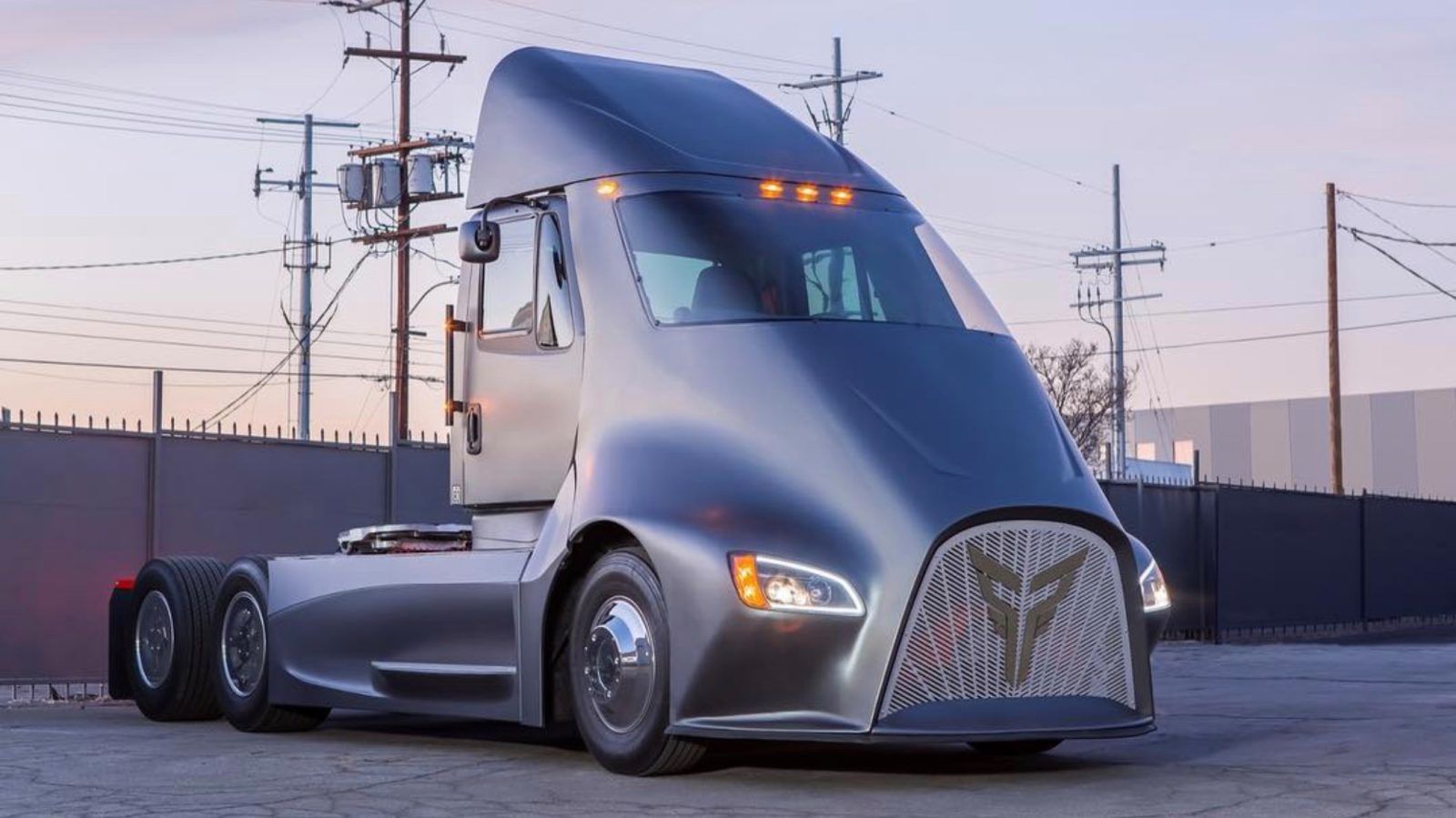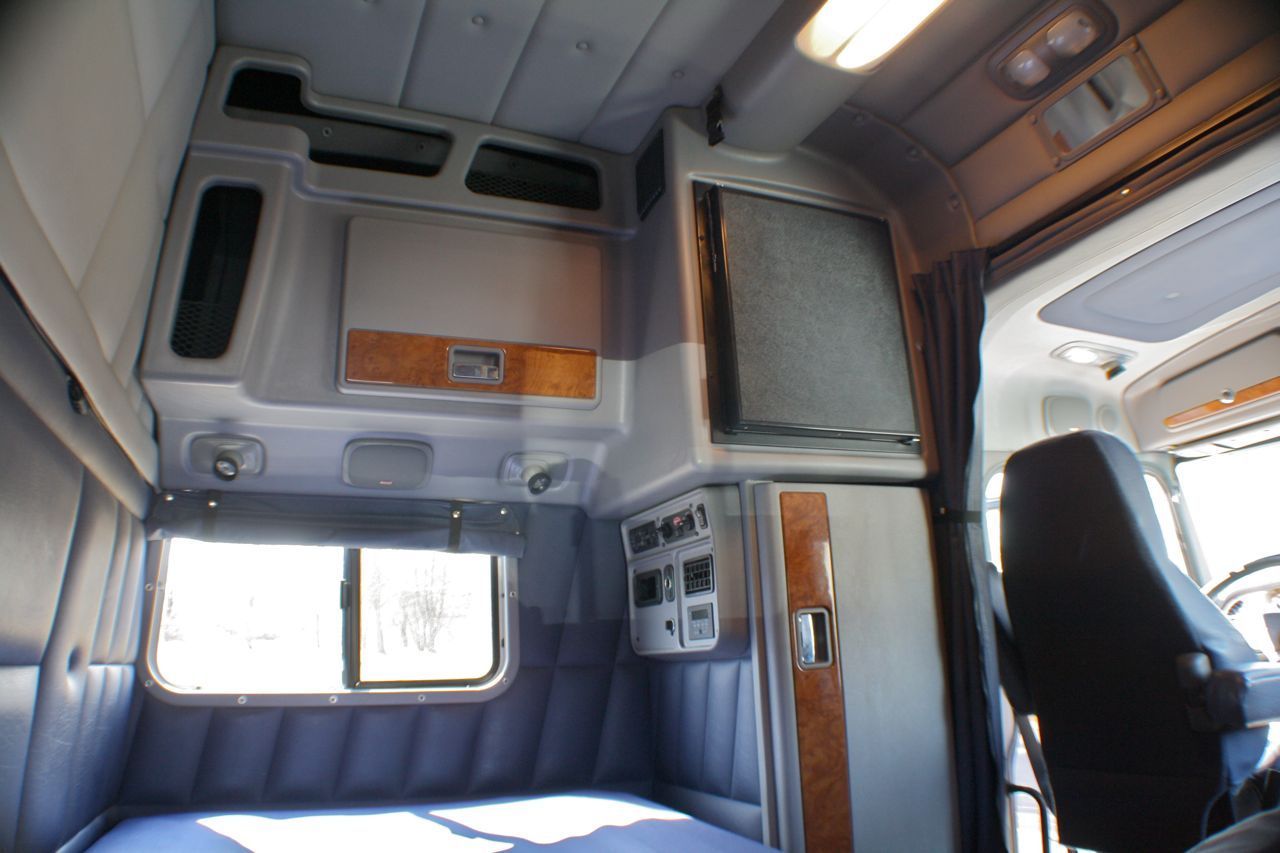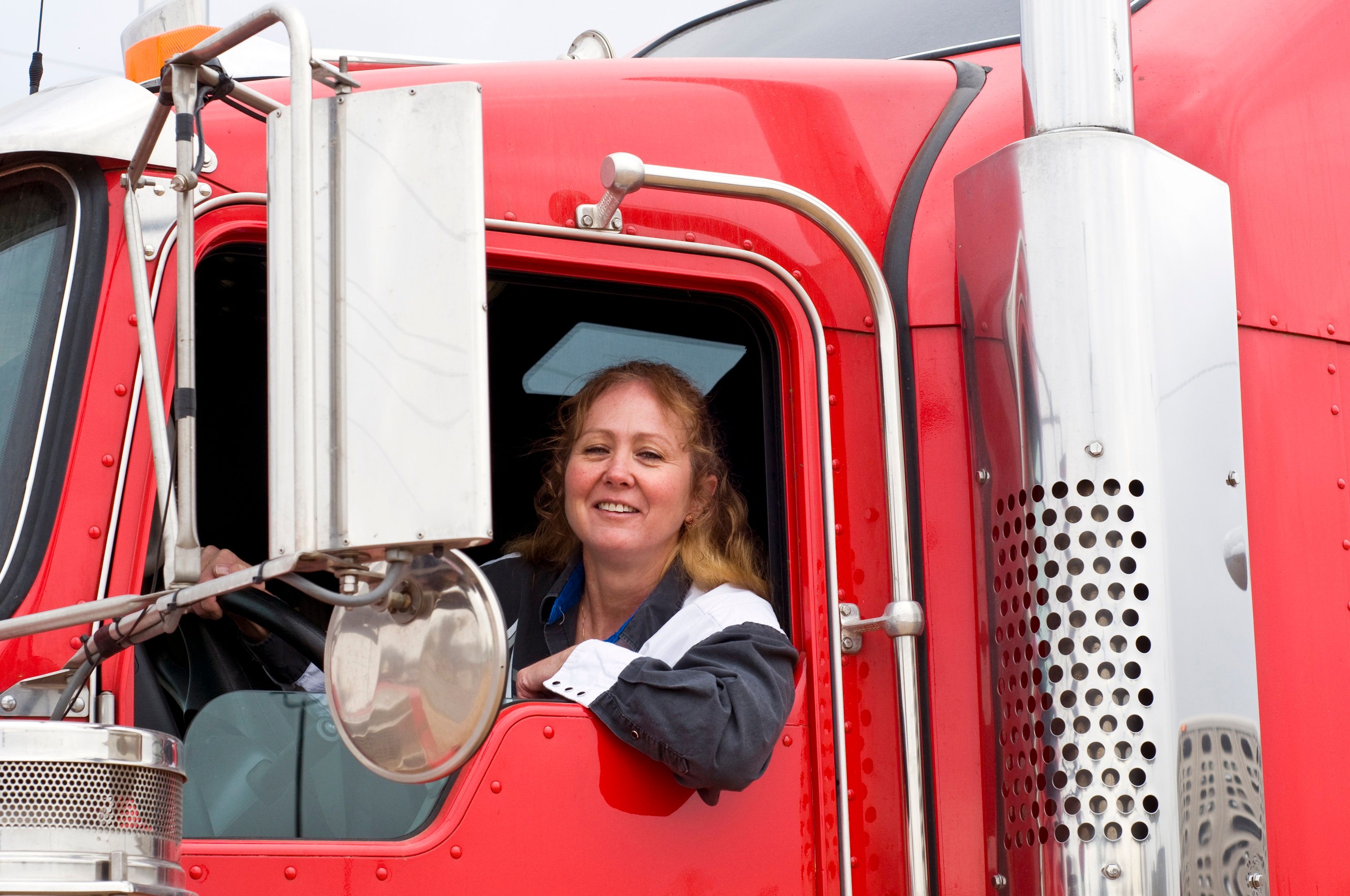Trucking is still the backbone of US commerce. As truckers will tell you, if you bought it, it was brought to you by a truck. While rail and shipping move goods globally, the final carrier is a truck, and truckers retain a romantic association in US culture. They embody the promise of the open road and the spirit of freedom that was once the symbol of the US cowboy. Long-haul truckers, driving over the massive interstate highway system to every city in the country, see more of the country than most. Movies have been made that have fed the image of the US trucker. From Smokey and the Bandit to B.J. and the Bear, the romanticized trucker has become a part of US culture.
As with most things, the realities of the trucker lifestyle differ from the romantic image in popular culture. While eating up landscape operating those large machines and making a living have their difficulties and their quirks—some might seem obvious and others less so—for those chasing that romantic image, those realities can be a harsh awakening. Other elements might actually feed into that image. The image is so powerful that even in other countries, the US trucker is an icon.
As the world begins to change and the economics with them, the trucker remains a backbone of that world. While some things will change with it, some remain the same. Whatever the situation, for the foreseeable future, trucking will continue to be both necessary and the image of freedom on the open road. For those interested in the lives of truckers, here are 20 truths about long-haul trucking in the United States.
20 Late Night or Early Morning is Best
Anyone who's driven an oversized vehicle in traffic knows the hassle of simple actions like changing lanes or merging. For an eighteen-wheeler, that problem can be even worse. For a trucker who's paid by the haul, being stuck in traffic means he's losing money. For these reasons, often, truckers will either hit the road in the twilight hours or even prefer overnight runs where they have the roads to themselves. While it can be hard to concentrate on the road on long nights, there are fewer commuter obstacles to avoid.
19 Paid per Mile is More Common than by the Hour
There are a lot of jobs that work on different pay systems than the traditional by-hour structure. Often, this is a function of independent contractor loopholes where people are counted as businesses selling a service rather than an employee working a job. For long-haul truckers, this is often the case. For them, this means that they're paid by the mile rather than the hour. This means that truckers will often do the best they can to cover as many miles as possible within the restrictions, both physical and legal. If they're successful, they can make more money, but it can be rough going.
18 There are Regulations Governing Their Time
One of the obstacles for the truckers paid by the mile is that there are regulations that govern how much time they spend on the road. In one eight-day period, truck drivers aren't allowed to drive more than seventy hours total. During that time, they're not allowed to work more than ten hours at a time.
At the end of that eight-day period, they're required to take thirty-four hours off.
Exhaustion can be hazardous for drivers, and when a tired driver is behind the wheel of a big rig, then the results can be bad. For the driver being paid by the mile, he has to make the most of the time he's allowed.
17 "Practical Miles" vs "Paid Miles"
One of the other obstacles that truckers face when getting paid is the different ways that miles are calculated. Practical miles refer to miles that are covered by the truck over the road.
Paid miles are more of a point-to-point straight line for the distance, like if you'd put a ruler down and draw the line from the pickup point to the destination.
As one would expect, 'paid miles' are a little harder to manage, as not all routes are as direct. This can mean that truckers can be paid less or have to manage their routes to avoid losing money.
16 Pay Can Be Hard to Calculate
There are a lot of expenses and calculations that go into the long-haul truck. Overnight stays, fuel, and food, all factor into the end pay before the driver even factors in his miles covered for pay. Unlike a regular five-day-a-week forty-hour job, truckers only work when there's something to haul. While there will always be a need for truckers and long haul, it's not as easy to predict the availability of work for the driver. Sometimes, they can end up waiting days at a time for a new load to pick up. This makes it hard to calculate their income, and they often won't know what it'll be until they've done it. For truckers in their first year, they can make $35,000, while by their third year, they can make $55,000.
15 They Cover a Lot of Miles
Whether they're getting paid by the hour or by the mile and regardless of how those miles are calculated, truckers make money by covering distance. The average driver, over the course of a year, covers about 12,000 miles. A long-haul trucker will cover on average 500 miles in a single day. Over the course of the year, he'll have to cover as much as 125,000 miles. It would take the average driver almost ten years to cover that kind of distance. They see a lot of the US in a single day.
14 High Turnover
Driving a truck can be an attractive career. There's such a demand for trucking that often, one can get a job where the company pays not only for the training but a wage during the training period to get the trucking license. Part of the reason is that trucking has a high turnover rate.
After the first year of driving, turnover for new drivers can be as high as 80%.
New drivers looking for the freedom of the open road are often taken aback by the realities of the grind of covering hundreds of miles a day. As a result, there are almost always trucking jobs available.
13 Electronically Limited
With the economics of pay per mile and drivers making more money the more they haul, there's always the chance of drivers trying to skirt the rules to make more money. This can cause liability not just for the drivers but also for the companies. This is in addition to losses that would happen if the truck was in an incident. To manage this, there are companies that put electronic limiters on their trucks that set the top speed at 62 mph. The efficacy of such limits is a hotly disputed issue. Trucks.com has columns arguing both for and against such limits, with the Insurance Institute for Highway Safety arguing for increases and the National Motorists Association Foundation arguing against them.
12 The Independents
Most truckers drive the company's rig. This means that they're on company time and under company policies and rules. For long-haul truckers who've committed to the freedom of the open road, there are those who own their own trucks. This means that they're for-hire truckers who work on their own terms. Often, these trucks will be highly customized to advertise that independence. One of the more common and cheeky icons is the duck hood ornament. The custom look can go much further than that, and each owner-driver will develop his own style to advertise his independence.
11 Some Ride with a Partner
One of the ways that drivers try to make the most of their time on the road is to work with a partner. This means that they can take the mandatory break periods while their partner still drives the truck, covering more distance and making more hauls in a shorter period of time.
While this can be more efficient, this also means that they're spending eight days straight in an 8x8 space with the same person.
Even for partners who are married, this can be a stressful situation. For those who can make it work, however, they can help maximize their earnings over the year.
10 Hitchhikers Are a No-No
One of the most recurring themes in the myth of the US trucker is picking up hitchhikers. This idea makes a great deal of sense on the surface, as truckers are on the road for long stretches of times, so it's easy to imagine that they'd want to pick someone up to break up the boredom. The reality is, though, that hitchhikers are not only a liability for the company but also a risk to the driver. Even if truckers were tempted to pick up a hitchhiker, they can still get in trouble. Most trucks carry cameras that trigger a recording of both the cab and the road ahead for any sudden changes or rough roads, meaning, the company will know if a trucker had an extra rider.
9 CBs are Still a Thing
The CB or 'citizen's band' radio is a big part of the trucker mythology. There was even a popularly novelty song built around CB chatter that was made into a rather unfortunate movie. In the modern era with cell phones and GPS, the need for CB radios has diminished quite a bit. That doesn't mean that the CB radio has gone away. Most truckers still utilize the CB radio to alert each other to traffic snags and other road hazards. For the most part, however, they're using it to complain to each other about other drivers and to share jokes, which is understandable since the road can be lonely and frustrating.
8 Signaling With Lights
The CB isn't the only way that truckers communicate with each other. Trucks are covered with running lights, and since most of them do the bulk of their driving at night, this is the most visible element of the truck. Sometimes, they'll use their lights to signal each other. One of the more common signals is to assist with lane changes. Even with the mirrors and experience, it can be difficult to know when the trailer has cleared the truck you're passing, meaning that it's safe to change lanes again. Truckers will flicker their driving lights to let the driver of the passing truck know he can change lanes. The driver of the passing truck will then flicker his trailer lights as a thank you.
7 The 800 Number is Real
A lot of commercial vehicles, on the back of the truck, have a bumper sticker that asks how the driver is doing and invites people to call in and report on the trucker's driving. As one would imagine, most people aren't motivated to call that number to compliment the driving, but the reports are taken seriously. That doesn't mean that the operator will always take the caller's side, however. It's not uncommon for the operator to end up educating the caller on the demands of trucking, the safety procedures that truckers follow, and how to drive safely in the presence of a large truck.
6 Truck Driving is a Common Profession
The US economy runs largely on commerce. Most of the money that exchanges hands comes down to buying goods, goods that have to be delivered at some point via truck. This means that there's a huge demand for truck drivers. That demand translates into a lot of trucker jobs and a lot of people employed as truckers. The volume is so high that in 29 states, it's the largest profession. This includes not only long-haul truckers but also local truckers who'll deliver from distribution centers as well as construction trucks that'll haul materials like gravel and lumber in a specific area.
5 The Truck as We Know It Dates Back a Long Time
When we think of trucking, we tend to think of the ubiquitous 18-wheeler, otherwise known as a 'tractor-trailer,' a 'semi-trailer,' or a 'semi'. This is the combination of a pull vehicle with a number of drive axles in the back with a 'fifth wheel' coupling on top that shares the weight of the trailer with the pull vehicle, making the trailer a 'semi-trailer' since it splits the weight it carries with the tow vehicle. This design goes back to 1914, but it wasn't invented to get goods to market. Instead, it was by a man who wanted a vehicle that could tow his large boat.
4 Truck Engines Have a Long Service Life
The average service life of modern cars is around 150,000 miles. With some well-maintained cars, that can stretch as far as 300,000 miles. Commercial trucks can cover most of that distance in a single year. Since truckers and truck companies rely on their trucks for their livelihood, they're more up on regular maintenance than the average car owner. These trucks are also built to last and take the punishment. The average service life of a commercial truck is around a million miles. This means that a commercial truck that covers 125,000 miles a year can be used reliably for eight years.
3 Constantly Improving
One of the concerns of the modern age is the emissions of motor vehicles and the effect they have on not only the air quality but also the planet in general. To respond to these growing concerns, truck manufacturers have been steadily improving the efficiency of their vehicles and engines.
With the pressure to create cleaner vehicles, the trucking manufacturers are understandably vocal about the advances they've made in recent years.
It would take 60 modern trucks to equal the emissions of a single truck made in 1988. With several companies, including Tesla, developing electric or electric hybrid trucks, that number is bound to change even more dramatically in the next few years.
2 Small Apartments Inside
Seventy hours over the course of eight days in ten-hour stretches translates to drivers spending a lot of time in a small 8x8 space. To make it even worse, a lot of truckers will stay in their rigs to sleep. With all that time spent inside the trucks, they're often decked out like tiny apartments complete with beds, hot plates, and even bathrooms. Just about the only thing they don't have is a shower; for that, they have to use truck stops that have facilities like showers and laundry machines. The largest truck stop in the United States, Iowa 80, even offers business services and an in-house dentist.
1 Only 5% are Women
As is true with many professions, truck driving has been traditionally a 'man's job' with not many women taking on the job for a number of reasons, both cultural and social. In keeping with traditional gender roles, women who wanted a family weren't likely to seek out a job that would keep them on the road for weeks at a time. However, with the number of shortages projected in the trucking industry, trucking companies are looking to make up these shortages by encouraging women to apply for trucking positions. And that's keeping with latest trends, as women have benefited from changing attitudes where there's less pressure for them to be primary caregivers. In addition, women with older children or who look to be owner-operators with an eye towards owning trucking companies, which are predominantly small businesses, are becoming more likely to seek trucking jobs.
Sources: money.cnn.com, thetruckersreport.com

